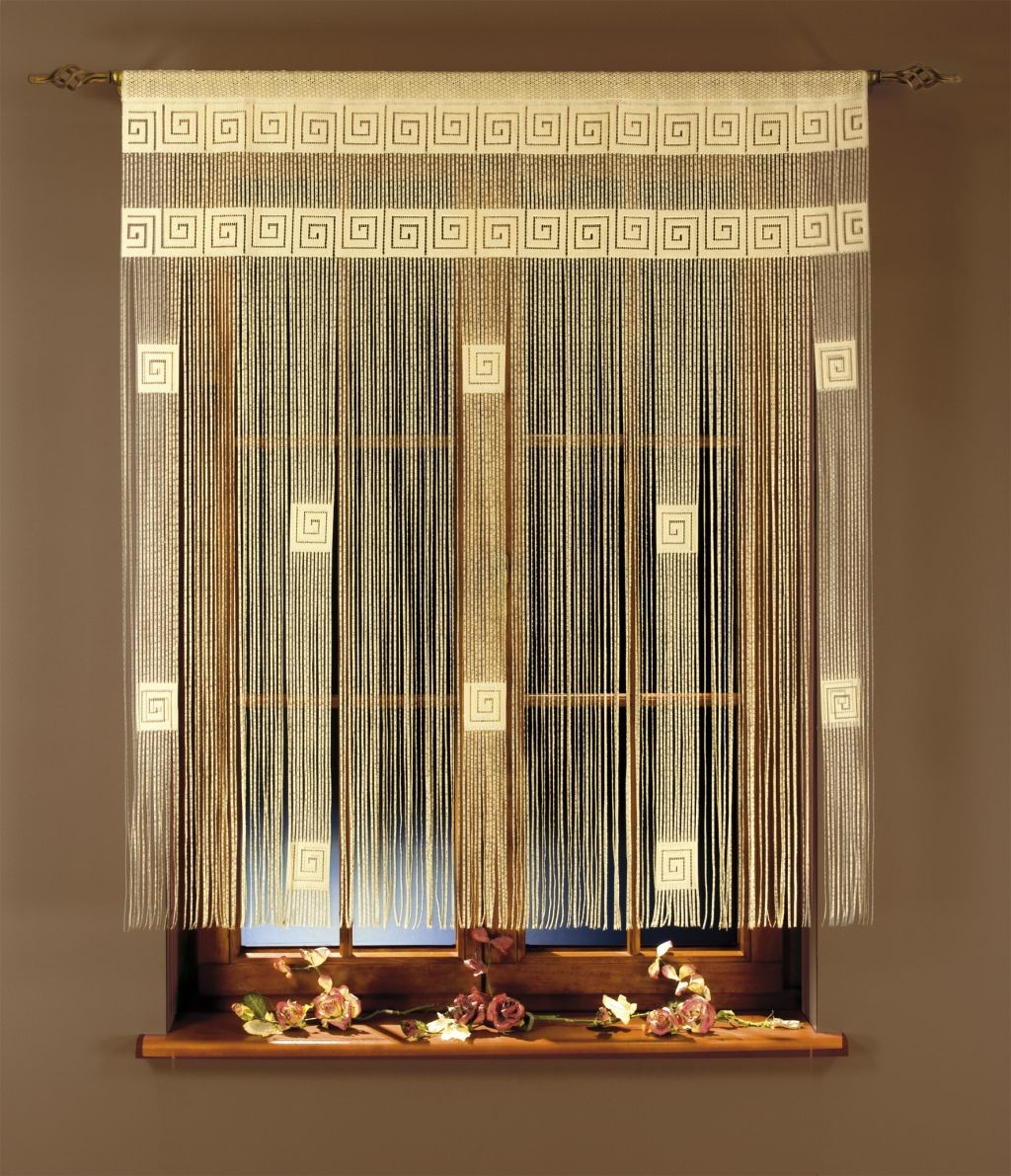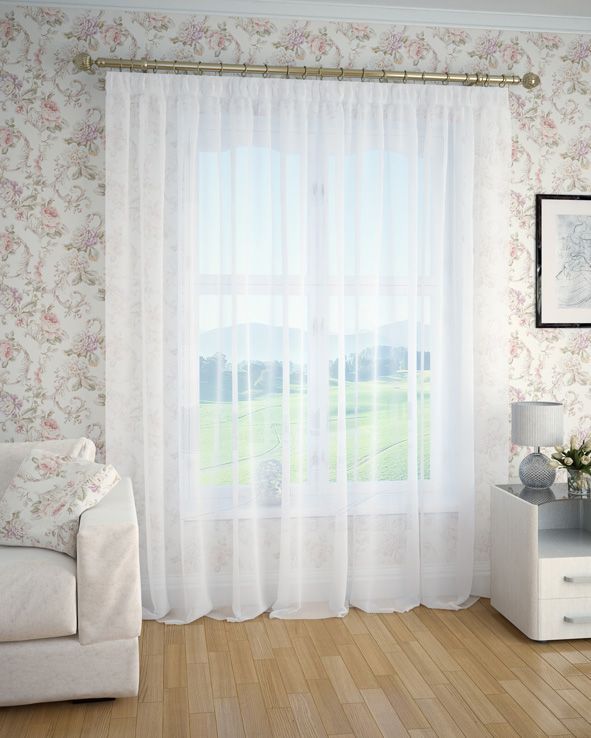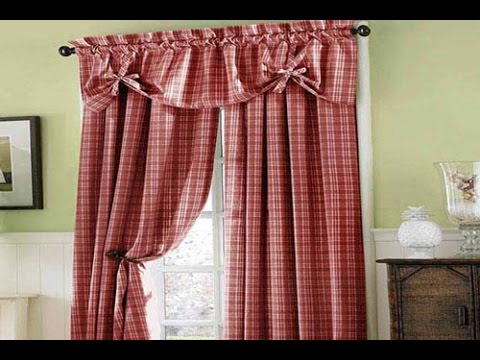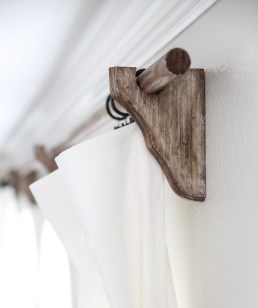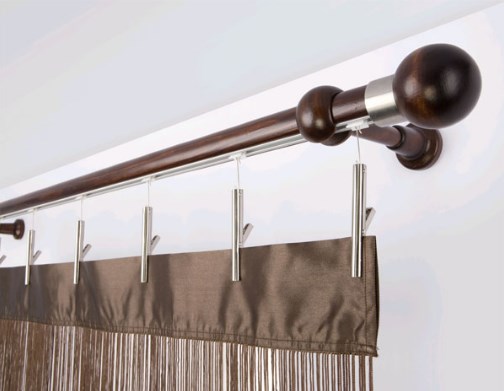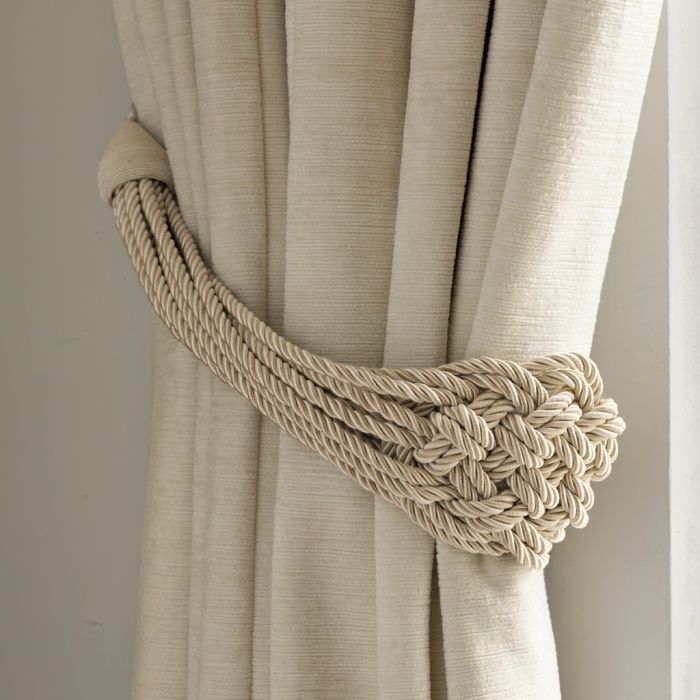In order to choose the right new curtains, in addition to the model, type and color of fabric, it is necessary to determine the size of the required fabric.
 If the calculations are made correctly, then the curtains can highlight all the advantages of the room, but if mistakes are made, this can ruin any, even the most original, stylistic decision.
If the calculations are made correctly, then the curtains can highlight all the advantages of the room, but if mistakes are made, this can ruin any, even the most original, stylistic decision.
That is why, before purchasing fabric or ready-made curtains, you need to carry out all the measuring work.
How to calculate the length of curtains from a ceiling cornice
The place of fixation to the ceiling cornice is the point from which calculations will be made. The distance from this point to the point where the curtain ends is measured. There may be several options for execution:
- to the windowsill;
- below the windowsill;
- to the floor;
- creeping along the floor.
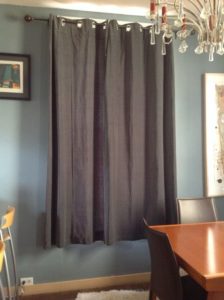 If the first option is used, then the distance is measured from the ceiling cornice to a point that is 1 cm above the window sill. This allows the product to move without touching.
If the first option is used, then the distance is measured from the ceiling cornice to a point that is 1 cm above the window sill. This allows the product to move without touching.
The second option, to complete the curtain, takes a point 10–15 cm below the window sill.If the length of the product reaches the floor, its edge should rise above it by 5–6 cm, so as not to deteriorate when constantly moving along the cornice.
Finally, for the option of curtains creeping along the floor, the size is measured from the eaves to the floor and another 10–30 cm is added to the result.
How to calculate the length from a window opening
If the curtains will hang on a curtain rod located just above the window opening, then all measurements taken should take into account the fastening system - these could be rings with clips, eyelets, drawstrings, loops, etc.
The height of the product should be calculated not from the cornice, but from the place of its attachment. Therefore, the size of the fastening elements should not be included in the length of the blade itself. Except when a drawstring or eyelet is used. Kuliska It is a stitched pocket made of curtain fabric through which a cornice passes, usually tubular (on the cut it looks like a circle).
The length is measured from the cornice to the desired point, as discussed above. The result is added to the height of the cornice circumference and a margin of a couple of centimeters for stitching the pocket.
Eyelets - elements that strengthen the edges of the holes in the curtain through which the cornice is threaded. When measuring the length of the fabric, you need to take into account that the grommet should be located at a distance of 2 cm from the edge of the fabric and a hem must be made on the wrong side (the length of the hem is equal to the diameter of the grommet plus 4 cm).
Important! Artificial fabrics that are common today make it possible to reduce shrinkage during washing to a minimum. If you use fabric that consists of 60% natural fibers, then a reserve of 10% is taken for its shrinkage during washing.
What is needed for the calculation
 All you need are sheets of paper, a pencil and a measuring tape (if you don't have one, you can use a measuring tape).
All you need are sheets of paper, a pencil and a measuring tape (if you don't have one, you can use a measuring tape).
The size calculation is carried out in two stages: first, the height of the curtain is determined, then the amount of fabric is calculated. The same procedure is repeated to calculate the width.
Calculation stages
Stage #1: the height of the curtain is determined. Taking into account where the bottom of the curtain will be located, its length is determined by measuring the distance from the ceiling cornice (with its fastening elements) or from the base of the wall cornice fastening elements to this bottom.
Stage #2: the amount of fabric is calculated. The length of the hems at the bottom and top is added to the height of the curtain.
Why do you need to make calculations?
 The length should correspond to the type of room in which they will be hung. And the kitchen, living room, bedroom and children's room are completely different in their design and functionality.
The length should correspond to the type of room in which they will be hung. And the kitchen, living room, bedroom and children's room are completely different in their design and functionality.
And a lot will depend on the correct calculation: how the natural light source will act, how possible defects in the slopes and window sill will be hidden, how the interior of the room will be originally complemented, etc.
Tips for correct calculation and measurement
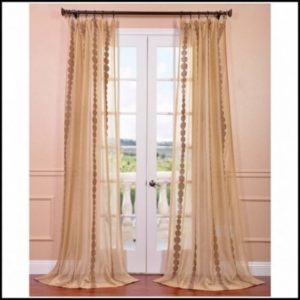 Tip #1. If possible, it is better to take all measurements with a tape measure, since it is longer than a measuring tape. This way you can win exactly.
Tip #1. If possible, it is better to take all measurements with a tape measure, since it is longer than a measuring tape. This way you can win exactly.
Tip #2. Since all measurements are tied to the cornice, it must be hung in advance.
Tip #3. The remaining fabric after cutting can be useful for creating curtain loops and ties, as well as tiebacks.
Tip #4. If the floor is curved, height measurements should be taken in several places, for example, at the edges and in the middle. As a result, take the average value.
Attention! There are a huge variety of fabrics that have a repeating pattern along the length. In order for the pattern to continue as a single canvas when the curtains are moved, a supply of material is needed. In this case, the height of the piece with a repeating pattern is measured, and the result obtained is added as a margin to the total length of the purchased fabric.
The length of curtains is an extremely important parameter in the decorative design of a window opening. Of course, the question of choosing a product can cause confusion for some. However, knowing the simple rules of preparatory measuring work, you can safely count on the curtains to become one of the decorations and a symbol of comfort in your home.


 1
1